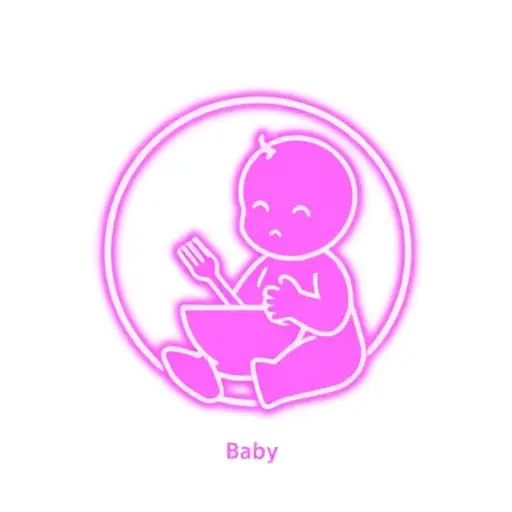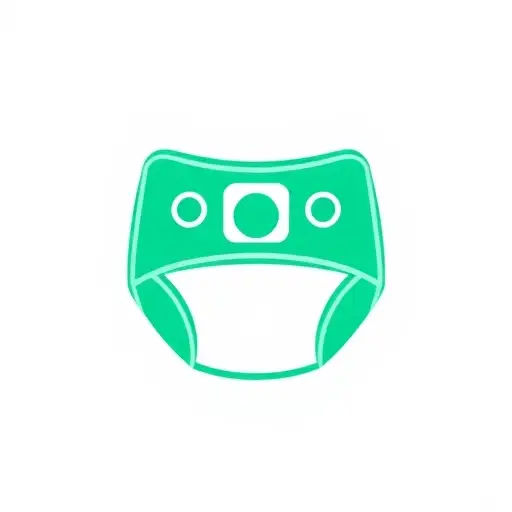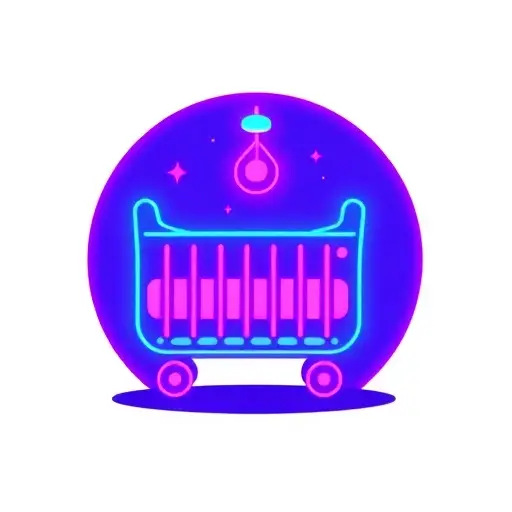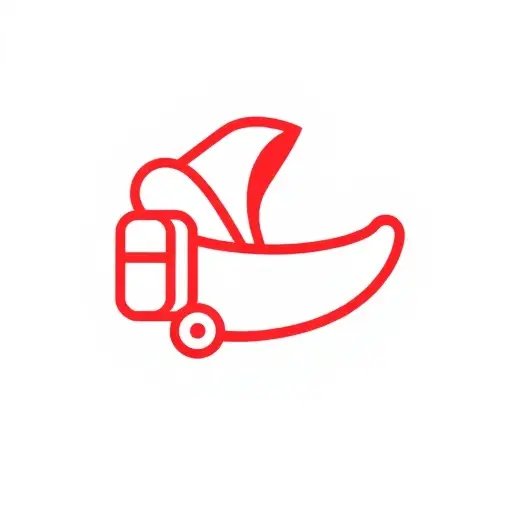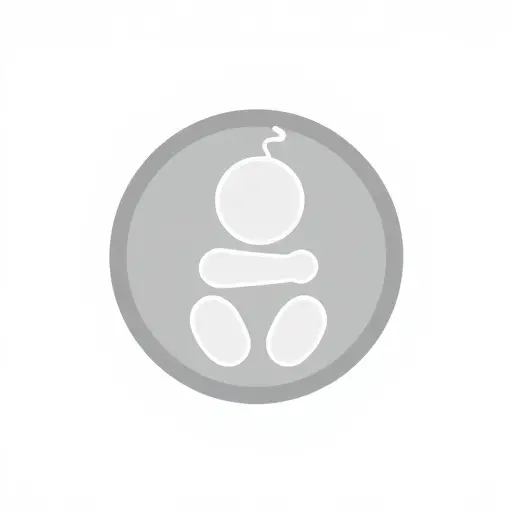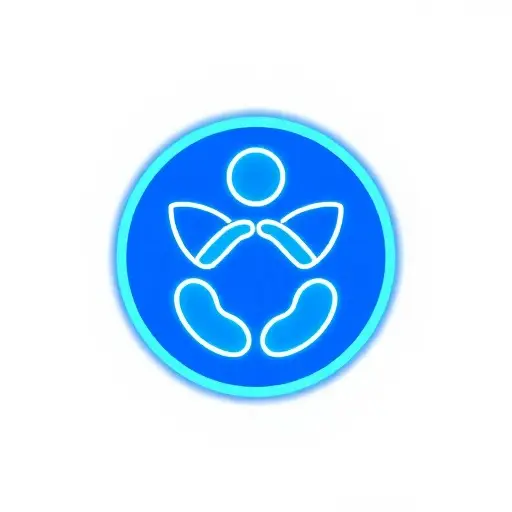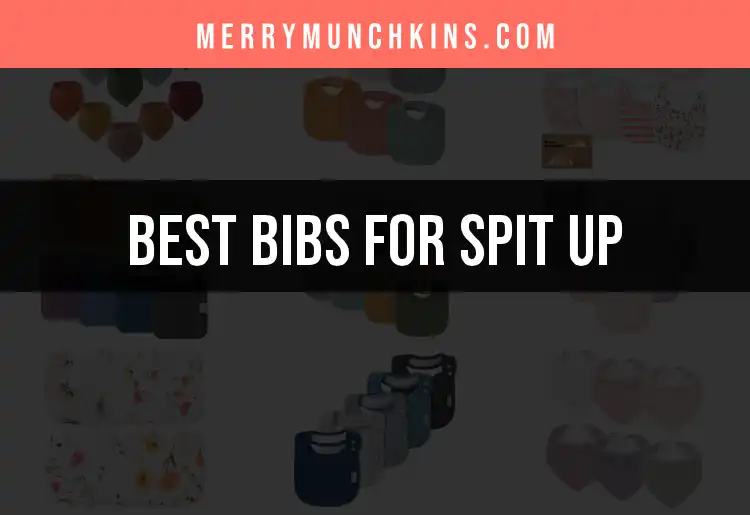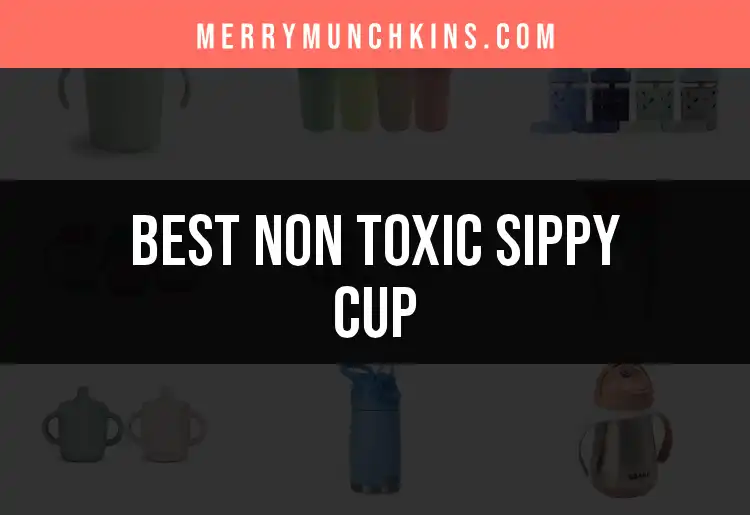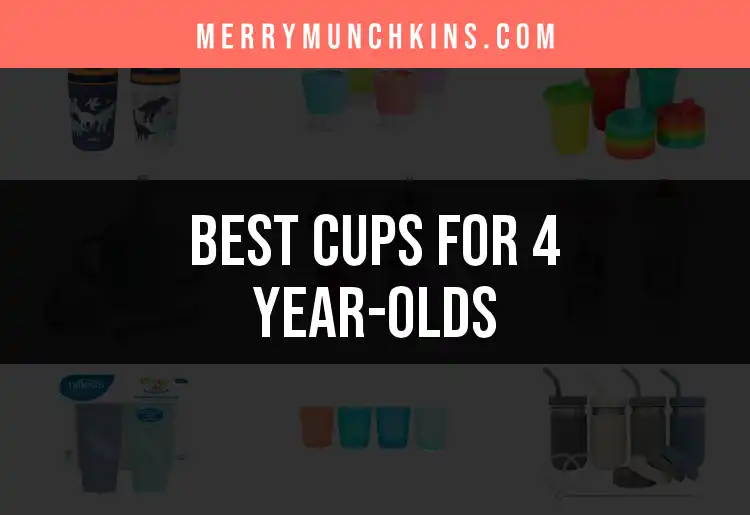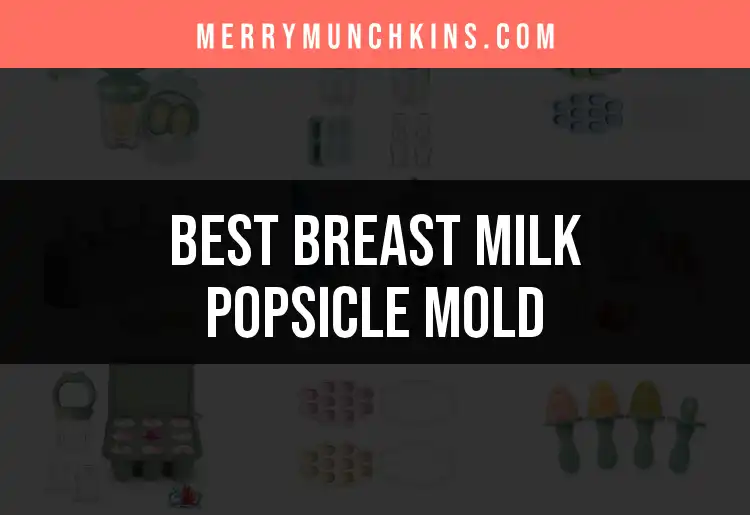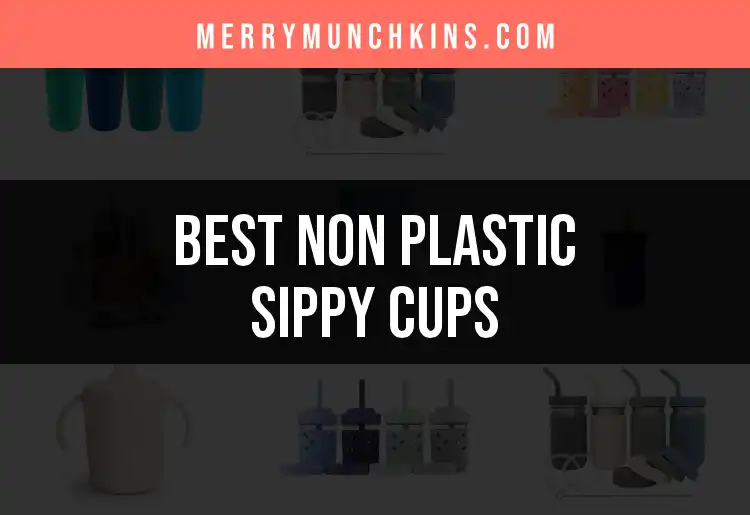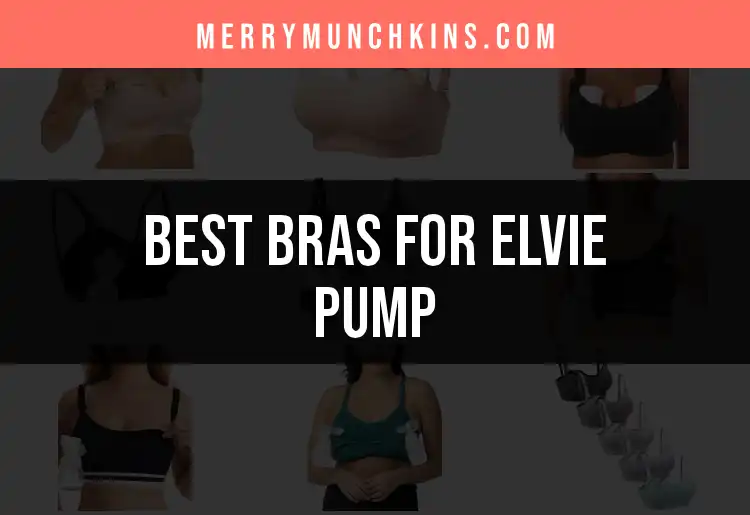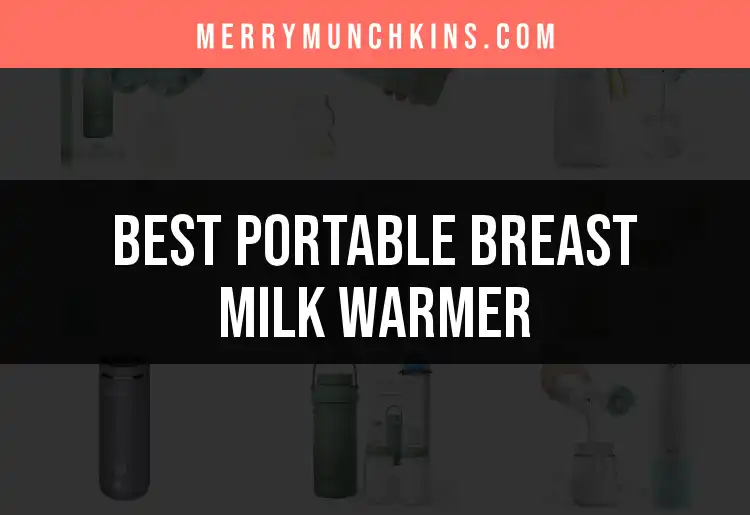Introduction to Baby Feeding
Feeding your baby is one of the most pivotal aspects of parenting, shaping not just their physical development but also their emotional well-being. Proper feeding strategies promote healthy growth, foster close bonding, and lay the groundwork for good eating habits later in life. You’ll encounter various feeding methods—breastfeeding, formula feeding, or a combination—each with its own considerations, best practices, and accessories for support.
Feeding journeys are as unique as each baby, and understanding the range of options, products, and tips available will empower you to make the best choices for your family.
Breastfeeding Essentials
The Benefits of Breastfeeding
Breastfeeding offers unparalleled benefits for both baby and mother. Breast milk contains antibodies and nutrients perfectly tailored to your baby’s needs and has been linked to healthier immune systems, reduced risk for certain infections, and improved cognitive development in children. Mothers benefit, too, with a decreased risk for postpartum depression, and some cancers.
Establishing a Breastfeeding Routine
It’s important to create a calm, consistent environment for breastfeeding. Most newborns feed every 2-3 hours, but let your baby’s cues—rooting, sucking on hands, fussiness—guide you. Be patient as both you and your baby learn; latch issues, milk supply, and feeding schedules often require time and, sometimes, professional support.
Common Challenges and Solutions
Breastfeeding can be challenging; common issues include latching difficulties, nipple pain, engorgement, and supply concerns. Consulting a lactation specialist—either in person or virtually—can make a profound difference. Remember, having the right gear and knowledge, such as comfortable strapless bras designed for nursing, can boost your confidence and comfort.
Equipment and Accessories for Breastfeeding
Nursing often requires more than just patience. Accessories can transform your experience:
-
Nursing bras and tops—Ease of access and support are crucial. See our guide to comfortable strapless nursing bras.
-
Nursing pillows—Help position baby and reduce muscle fatigue.
-
Breast pumps and collection kits—For expressing milk and maintaining supply (detailed below).
Feeding Positions and Comfort Tips
Try different holds—cradle, cross-cradle, football, and lying down—to determine what’s comfortable for both you and your baby. Keep water and snacks within arm’s reach, and consider using a soft night light for breastfeeding to create a calm nighttime feeding environment.
Breastfeeding Accessories and Tools
Pacifiers for Breastfed Babies
Choosing the Best Pacifier for Breastfeeding
While pacifiers can soothe babies, the wrong design might confuse a baby’s latch or impact breastfeeding effectiveness. Look for pacifiers specifically made for breastfed infants—these prioritize the mouth mechanics used during nursing. Learn which features matter most in our complete guide to pacifiers for breastfed babies.
When and How to Introduce a Pacifier
Introduce a pacifier only after breastfeeding is well-established—usually after 3-4 weeks. Observe your baby for signs of nipple confusion or decreased latch quality, and remove the pacifier during active feeds.
Pacifier Safety and Maintenance
Wash pacifiers regularly and check for signs of wear and tear. Organic or BPA-free models are preferred for sensitive gums and developing teeth. For older infants, see the best pacifiers for 6-month-olds for age-specific recommendations.
Colostrum Collection and Storage
What is Colostrum and Its Importance
Colostrum—the thick, yellowish “first milk”—is packed with antibodies and nutrients. It’s especially beneficial in the first few days after birth, offering essential immune protection.
Colostrum Collection Kits
For various reasons (such as early birth or anticipated feeding challenges), parents may opt to express and store colostrum ahead of time. Explore top-rated colostrum collection kits to ensure safe, hygienic storage.
How to Use a Colostrum Collection Kit
Always wash hands thoroughly before expressing. Use sterile syringes or food-grade containers provided in quality colostrum collection kits, and clearly label with the date and time.
Storing and Handling Colostrum
Colostrum stores well in the fridge (up to 24-48 hours) or the freezer (up to six months). For best results, use specialized freezer bags designed for breast milk.
Milk Collection and Storage
Breast Milk Collectors
Purpose and Benefits of Breast Milk Collectors
Breast milk collectors prevent valuable milk from going to waste—especially during letdowns or when leaking from one breast while nursing from the other. Hands-free types, such as silicone shells, make collection easy.
Best Breast Milk Collectors
For comparisons of different types, features, and cleaning routines, consult our guide to recommended breast milk collectors.
Manual vs. Automatic Collectors
Manual collectors (like silicone milk savers) are low-cost and easy to use. Automatic models often offer greater capacity but require batteries or power.
Tips for Effective Milk Collection
Position the collector securely, avoid overfilling, and transfer milk to storage bags or bottles promptly.
Maintenance and Cleaning
Clean collectors after every use following the manufacturer’s instructions. Silicone is often dishwasher-safe, but always double-check.
Breast Milk Freezer Bags
Why Use Freezer Bags for Breast Milk
Freezer bags are purpose-built for the safe storage of breast milk, preventing freezer burn and leaks.
Best Breast Milk Freezer Bags
Durability, leak resistance, and labeling space are key features. For a curated selection, see our top recommended breast milk freezer bags.
Proper Freezing and Thawing Techniques
Freeze milk flat for efficient storage. Thaw overnight in the fridge or quickly under running water. Avoid microwaving.
Labeling and Organizing Stashes
Clearly date each bag and organize by the oldest date first to minimize waste.
Milk Catchers and No-Spill Devices
Introduction to Milk Catchers
Milk catchers are essential for minimizing waste and mess, particularly for breastfeeding parents prone to leaks or oversupply.
Best Milk Catchers
Find reliable, easy-to-use milk catcher recommendations in our milk catcher resource guide.
No-Spill Sippy Cups for Pumping Moms
Whether transitioning from breast to bottle or managing expressed milk on the go, no-spill sippy cups offer practical solutions.
How to Use Milk Catchers Effectively
Position catchers in your bra or nursing pad holder, and empty them frequently. Clean thoroughly and allow to air dry between uses.
Bottle and Cup Feeding for Breastfed Babies
Bottles for Thickened Formula
When and Why to Use Thickened Formula
Thickened formula may be recommended for babies with reflux, swallowing disorders, or certain medical needs. Always consult your pediatrician before switching.
Best Bottle for Thickened Formula
Special nipples with larger holes or variable flow rates can prevent clogging and stress. Discover the best options in our guide to feeding bottles for thickened formula.
Choosing the Right Nipple
Experiment with flow rates; watch your baby for cues of frustration or leaking. Replace nipples when they show signs of breakdown.
Feeding Techniques
Keep your baby upright during feeds and pace the flow to avoid overfeeding.
Sippy Cups and Transition Devices
Types of Sippy Cups: No Spill vs. Glass
No-spill sippy cups are perfect for minimizing messes during the learning phase, while glass cups offer a toxin-free alternative that’s easy to sanitize.
Best No Spill Sippy Cups
Check out our selection of no-spill sippy cups ideal for transitioning.
Glass Sippy Cups: Benefits and Recommendations
For parents seeking non-plastic alternatives, explore our glass sippy cup picks.
Sippy Cups for Older Babies
At 6 months and older, your baby may need different sizes, shapes, and flow rates. Review our insightful guide to the best pacifiers for 6-month-olds as you select cups appropriate for this age.
Using Sippy Cups for Transition from Bottle to Cup
Introduce a sippy cup slowly. Start with familiar liquids (like expressed breast milk) and make it a positive experience.
High Chairs and Feeding Accessories
Choosing the Right High Chair
Consider safety, adjustability, ease of cleaning, and size. For families with multiples, review our top high chair options for twins.
High Chair Food Catchers
High chair food catchers keep food off the floor and encourage self-feeding. Browse effective high chair food catcher solutions.
Splat Mats for Under High Chairs
A splat mat not only protects your flooring but also simplifies post-meal cleanup. Our favorite splat mats for under the high chair are durable and easy to clean.
Tips for Safe and Mess-Free Feeding
Always use straps, supervise feedings, and choose easily washable covers. Don’t forget to invest in restaurant high chair covers for on-the-go hygiene.
Drinking and Hydration Tools
Water Bottles for Breastfeeding Moms
Staying hydrated supports milk production and overall well-being. Carry a recommended water bottle designed for breastfeeding parents to make regular sipping easy.
Use and Cleaning of Baby Water Bottles
Opt for dishwasher-safe models, and avoid bottles with hard-to-clean crevices where bacteria may grow.
Staying Hydrated During Breastfeeding
Aim for a glass of water each time you feed your baby. Set reminders if needed or use a bottle with time markings.
Feeding Environment and Safety Tools
Comfort and Ambiance
Night Light for Breastfeeding
A soft, adjustable night light made for breastfeeding makes nighttime feeds calmer and reduces sleep disruption for both you and your baby.
Creating a Calm Feeding Environment
Dim lights, keep noise to a minimum, and have essentials close by—burp cloths, wipes, water bottles. Night lights and comfortable chairs make a major difference.
Choosing Safe Lighting and Ambiance
Select LED or low-heat night lights to avoid burns or overheating, and position them safely out of your baby’s reach.
Seat and Surface Safety Accessories
Restaurant High Chair Covers
Public high chairs can harbor germs. A well-designed restaurant high chair cover provides a hygienic barrier and easy portability.
Portable High Chair Covers and Cleanliness
Look for machine-washable and quick-dry covers with a snug fit to avoid shifting during meals.
Ensuring Hygiene in Public Feeding Spaces
Always wipe down surfaces before use and carry a small bottle of hand sanitizer.
Splat Mats and Under-High Chair Protection
Importance of Splat Mats for Mess Management
Feeding time is inevitably messy. Our top picks for splat mats under high chairs protect surfaces and can be quickly shaken out or wiped down.
Selecting the Best Splat Mat for Your Needs
Consider material, size, slip-resistance, and how easy it is to wash and store.
Additional Feeding Safety and Monitoring Products
Breast Milk Alcohol Test Strips
Purpose and Importance
Alcohol can pass into breast milk, so knowing with certainty whether it’s safe to feed can provide peace of mind. Check out our favorite breast milk alcohol test strips for reliable options.
How to Use Alcohol Test Strips
Simply immerse the strip in a small sample of expressed milk and compare the result to the color chart. Always follow instructions for best accuracy.
When to Test and Precautions
If you’ve consumed alcohol and plan to breastfeed within a few hours, testing can help you make an informed decision.
Special Feeding Considerations
Feeding Preemie or Special Needs Babies
Premature or medically fragile babies may require special bottles, nipples, or feeding schedules. Consult your healthcare provider if your child has unique feeding needs.
Transitioning from Breastfeeding to Bottle or Cups
It’s important to move at your baby’s pace. Start by offering bottles or cups during periods when your baby isn’t overly hungry or tired. Products such as sippy cups designed for easy transition can help.
Managing Feeding Challenges and Deviations
If you experience persistent challenges, reach out for professional support—lactation consultants, occupational therapists, and pediatricians can offer personalized advice. Specialized tools like breast milk collectors or milk catchers can often be helpful for tricky situations.
Frequently Used Products Summary
Throughout your feeding journey, you’re likely to encounter situations where a specialized product can make the experience smoother, safer, or more enjoyable. Some of the most commonly recommended products included in this guide are:
- Pacifiers ideal for breastfed babies
- Colostrum collection kits for the early days
- Breast milk collectors for efficient expression
- No-spill sippy cups for clean transitions
- Durable splat mats for mess management
- Breast milk freezer bags with reliable seals
- Glass sippy cups as an alternative to plastic
- Night lights that support nighttime feeds
- Test strips for monitoring breast milk alcohol content
- Milk catchers to prevent unnecessary waste
- High chairs built for twins
- Bottles designed for thickened formula
- Food catchers for high chairs
- Hydration bottles for breastfeeding parents
- Restaurant high chair covers for dining out
- Splat mats designed specifically for use under high chairs
Each of these products addresses a specific challenge or goal, giving you tools to provide the best care for your baby while simplifying your day-to-day routine. Explore the guides linked throughout the article for in-depth advice and product recommendations tailored to your feeding journey.

